 Community
Community
2 years ago
Faversham | General news | Sheppey | Sittingbourne | September 17, 2022 | Liz
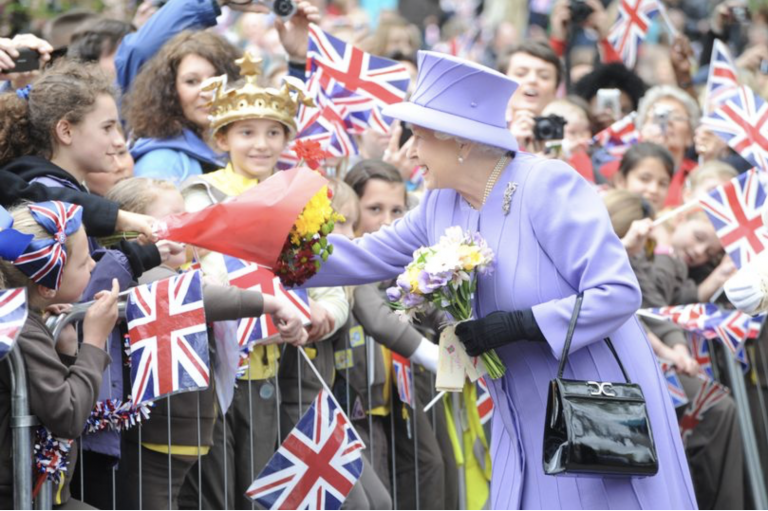
With the sad news of Her Majesty Queen Elizabeth II passing, it brought us together in the office to think about what connections Swale’s royal connections throughout history.
We didn’t realise that so many visits occurred to the area, and we wanted to share some of them with you, as many of you have been sharing your connections to our monarchy.
Milton Regis, or as it was thought to be known, Middletune was a bit of a Royal hub back in the day. It was also a significant Saxon site. Queen Seaxburgh of Kent, he widow of King Eorcenberht of Kent passed the Kingdom of Kent to her eldest son at a grand ceremony which was held at the doors of Holy Trinity Church in 680. According to records in Ely Cathedral Queen Sexburga left her ‘life’ at the same ceremony, which refers to her leaving her secular life by taking the veil as a nun.
She went on to become the Abbess of Minster Abbey on Sheppey, at this time the island was part of the Manor of Minster.
In the Domesday Book of 1086 records the Milton as Middleton Terra Regis (Royal lands) William the Conqueror took the Manor into his personal possession and it was handed down to successive Kings, hence being known as Kings town.
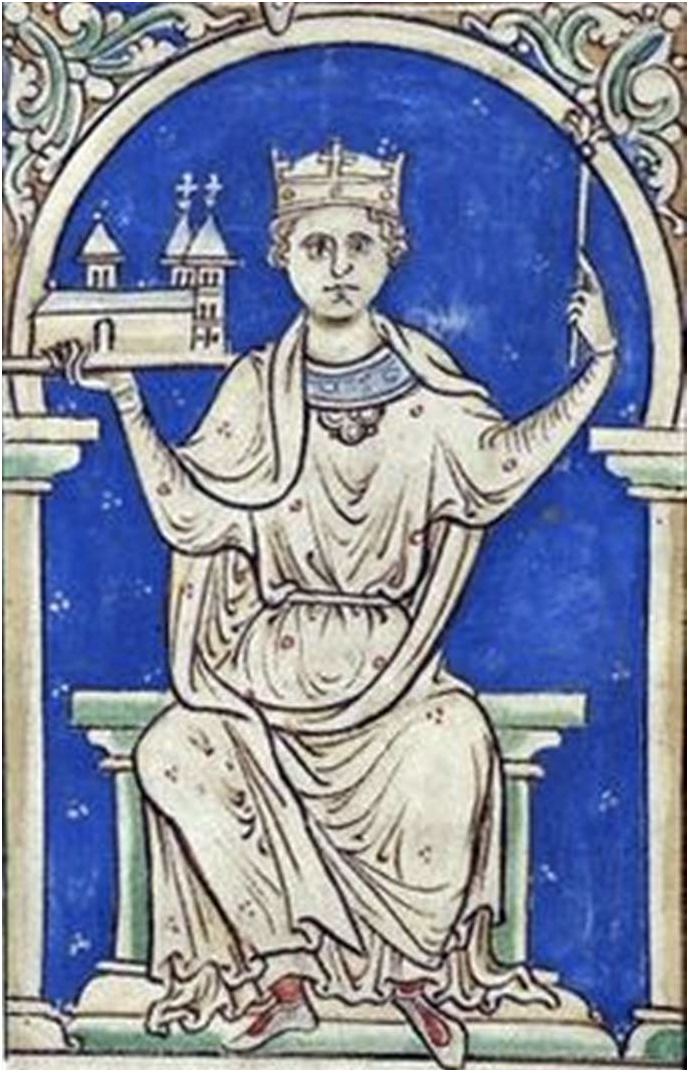
Following the death of Henry I, son of William the Conqueror, King Stephen who was Henry’s nephew took the crown from Henry’s daughter, Empress Matilda, sparking a right royal rumble! Civil war broke out which lasted from 1135 to 1144. To demonstrate his power, King Stephen founded an Abbey in Faversham. After his death, Stephen was buried in the Abbey he founded, and later joined by his wife, also called Matilda. Their eldest son Eustance predeceased Steven but was also buried in Faversham Abbey.
Faversham Abbey was destroyed in 1538 under Henry VIII’s Dissolution of the Monasteries act. The royal bones were reportedly thrown in Faversham creek.
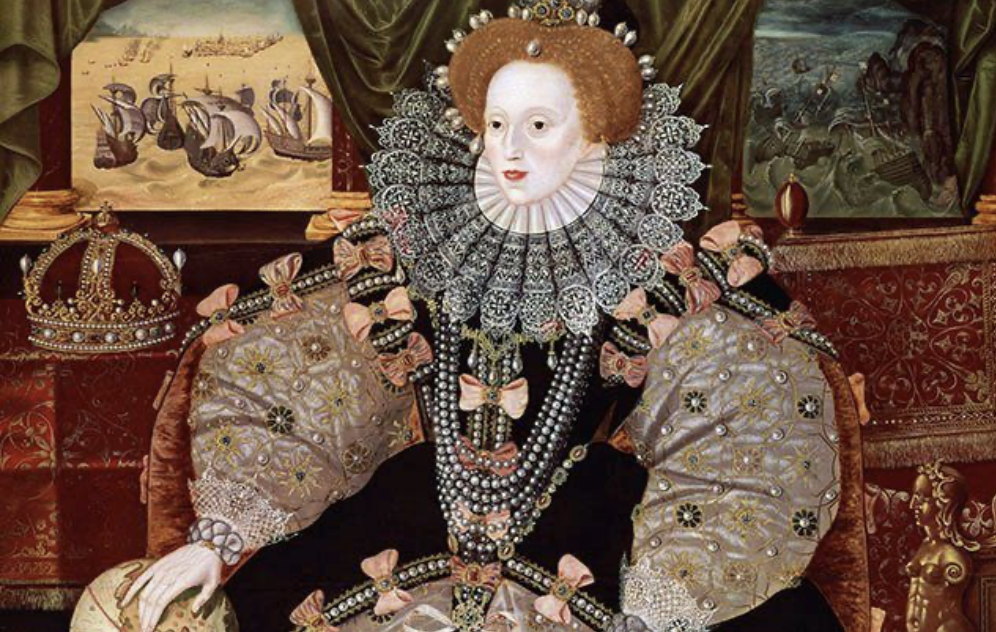
Following the murder of Archbishop Thomas Becket in 1170 pilgrims began to travel along the Roman road Watling Street from London and Rochester to Canterbury Cathedral. Sittingbourne, at this time was a small hamlet in the Manor of Milton Regis, was identified as being a good location to provide hospitality for travellers as it was a half way point between both Rochester and Canterbury.
As Sittingbourne expanded, it provided accommodation to the frequent pilgrims and travellers including many Kings and Queens including Henry V, who famously dined at Sittingbourne in 1415 when he was on his way back from the Battle of Agincourt. In 1522 King Henry VIII feasted at the Red Lion.
In 1825 Princess (later Queen) Victoria stayed here overnight’ The Rose, which was described as ‘perhaps the most superb [lnn] of any throughout the kingdom’. In 1840, Prince Albert, also visited The Rose for refreshments as he headed to London to marry Victoria.
Other locations nearby also cashed in on the wealth of weary travellers along this path including Ospringe and Faversham. Leading to prosperity across Swale. After Queen Elizabeth I visited Tunstall, the town was awarded charters giving the citizens more rights, she also built the first Grammar School in Faversham, which can still be seen today.
Faversham is the only town in England that is permitted to use the Royal Arms of England that date back to the reign of King Richard I (1189-1199) under royal charter by King Edward I (1272 -1307) in recognition for it’s services providing ships and crew when required for the defence of the realm.
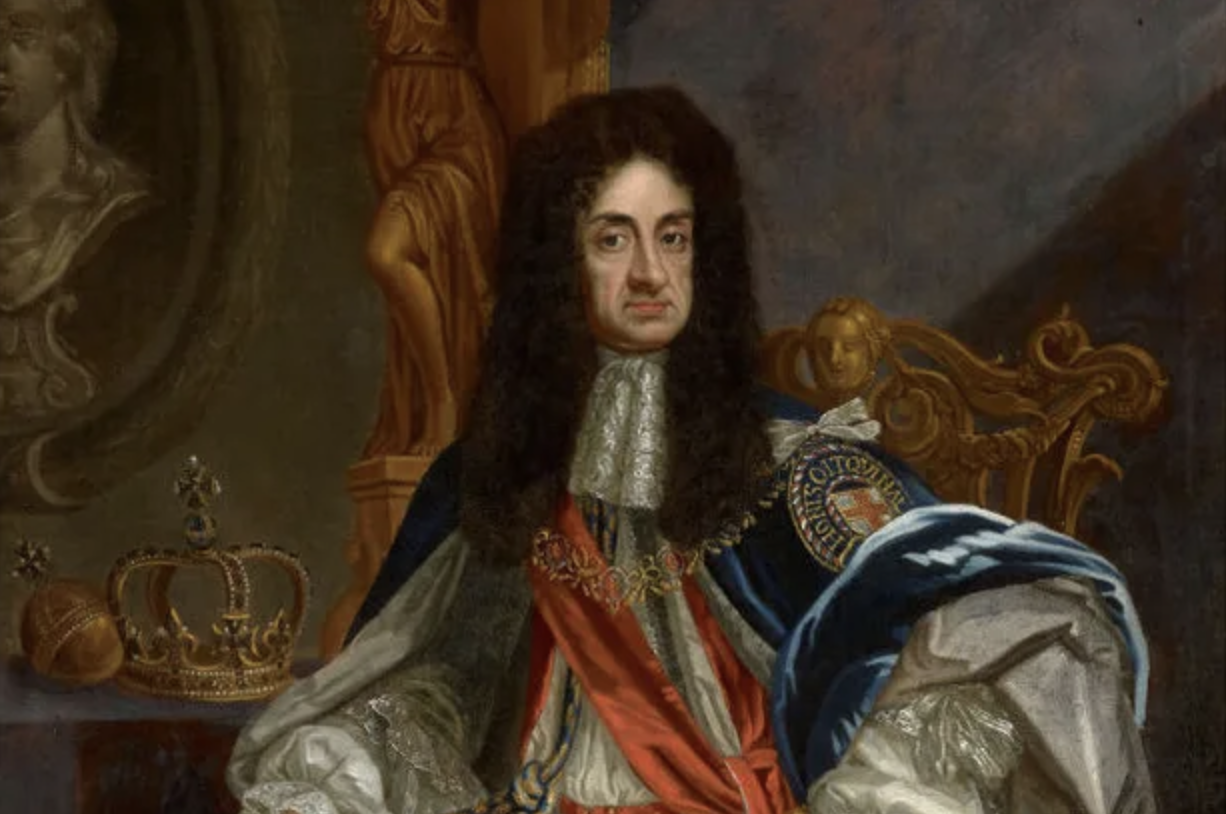
After years living in exile in France, King Charles II was restored to the throne of England in 1660. The King’s supporters and close allies included the then Mayor of Faversham a man named Captain John Trowts. Through Trowts’ shipping interests, money and essential correspondence reached the exiled king.
The newly restored Charles came to Faversham, to personally thank Trowts and visited his house on Court Street to do just that.
The story of the capture of King James II at Faversham on the 12th December 1688 is well known. Catholic James, like his father before him, was an unpopular choice as Monarch. Feeling the heat and fearing the chop, James and his closest companions tried to escape to France.
After one of his associates was recognised by local fishermen fishing off Sheerness. The King and his companions were taken by the Faversham fishermen and brought to the town where he was held prisoner in the Queen’s Arms (now 12 Market Place). From there he was taken to the residence of the then Mayor, Thomas Southouse in Court Street. Eventually James’ party were released on the 15th of December and allowed to make their way to France
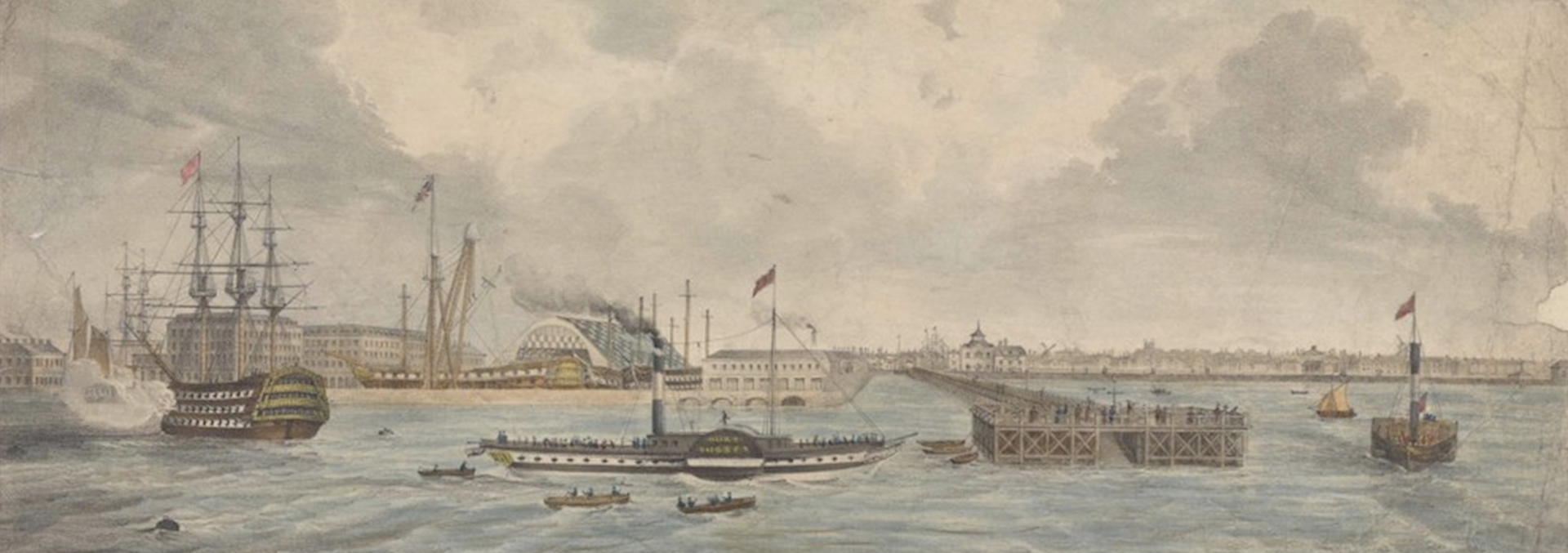
With the wind and tide elements slowing down shipping at Chatham Dockyard, Sheppey was chosen to be the location for ships coming in directly from the North Sea and Thames Estuary, alongside a 16th century blockhouse.
Opened in 1823 by the Duke of Clarence (later King William IV), over 100 ships were built at Sheerness Dockyard over a 225-year period, including:
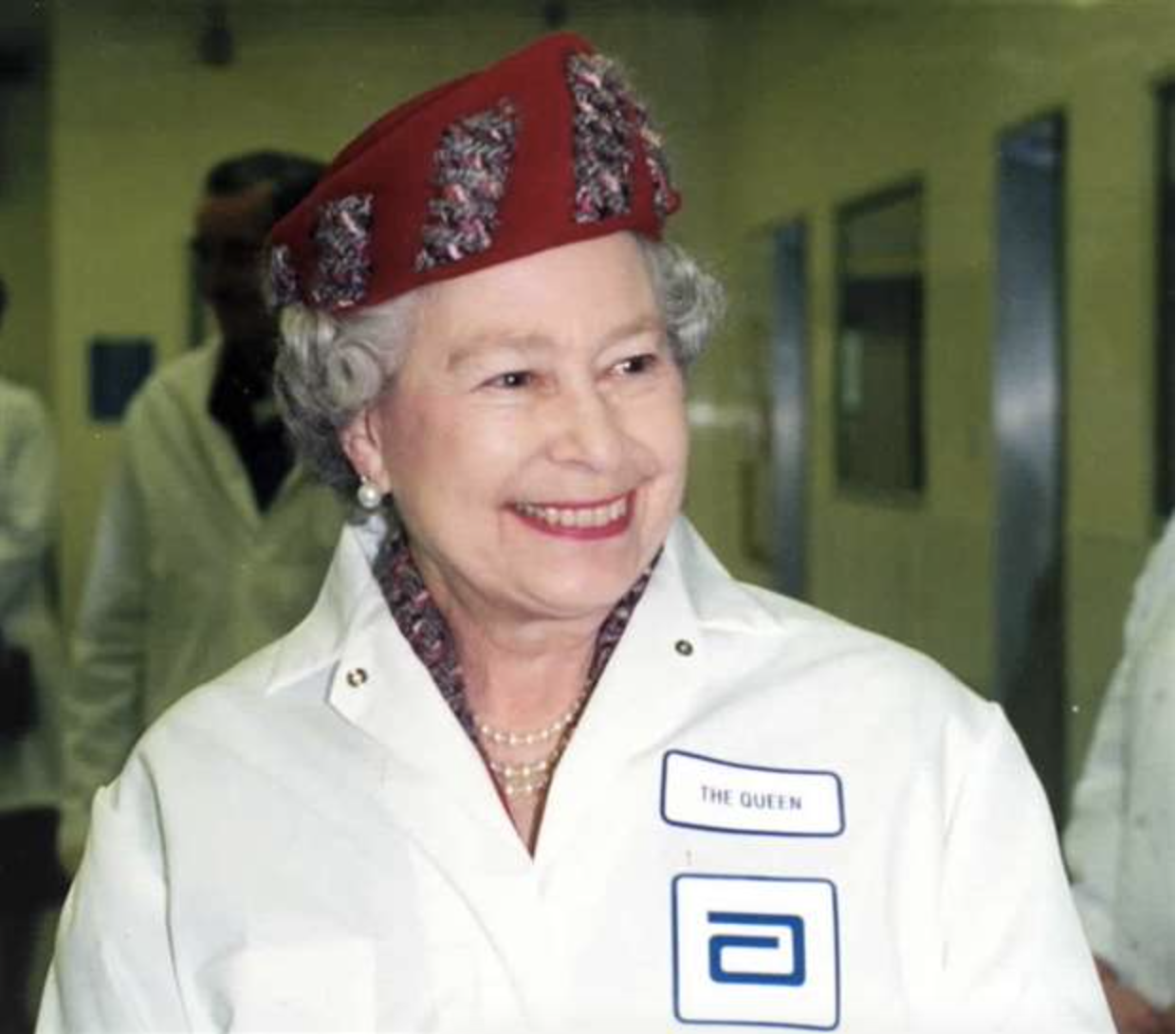
Back in the autumn of 1994, Queen Elizabeth herself made her way to Sheppey for a special royal visit.
Travelling by train to Kemsley, before transferring to a limousine, she was greeted by the people of Eastchurch and workers at the former Abbott Laboratories n Queenborough.
She also officially opened a new extension at the local primary school, taking time to stop and chat with the pupils there.
Swale has seen various visits from the Royal Family over the centuries, but here are some of the more recent ones that took place during Queen Elizabeth II’s 70 year reign.
The present Queen Elizabeth’s Grammar School in Faversham was surprisingly not open by Her Majesty, but instead Princess Alexandra – even though the school was named after her.
The Queen Mother officially re-opened part of Faversham’s Almshouses. The flats were modernised during 1981 and 1982, and were re-opened by Queen Elizabeth The Queen Mother, as Lord Warden of the Cinque Ports, of which confederation Faversham is a member.
Princess Anne paid a visit to Faversham on her trip to the Citizens’ Advice Bureau, where she was pictured chatting to a two-year-old, named Patrick Hall, in the streets.
Prince Charles, our now King Charles III has made his way to Faversham on many occasions. To visit land that is owned by the Duchy of Cornwall, To visit the national fruit collection that is based at Brogdale and he visited Shepherd Neame’s brewery in Faversham back in 1998.
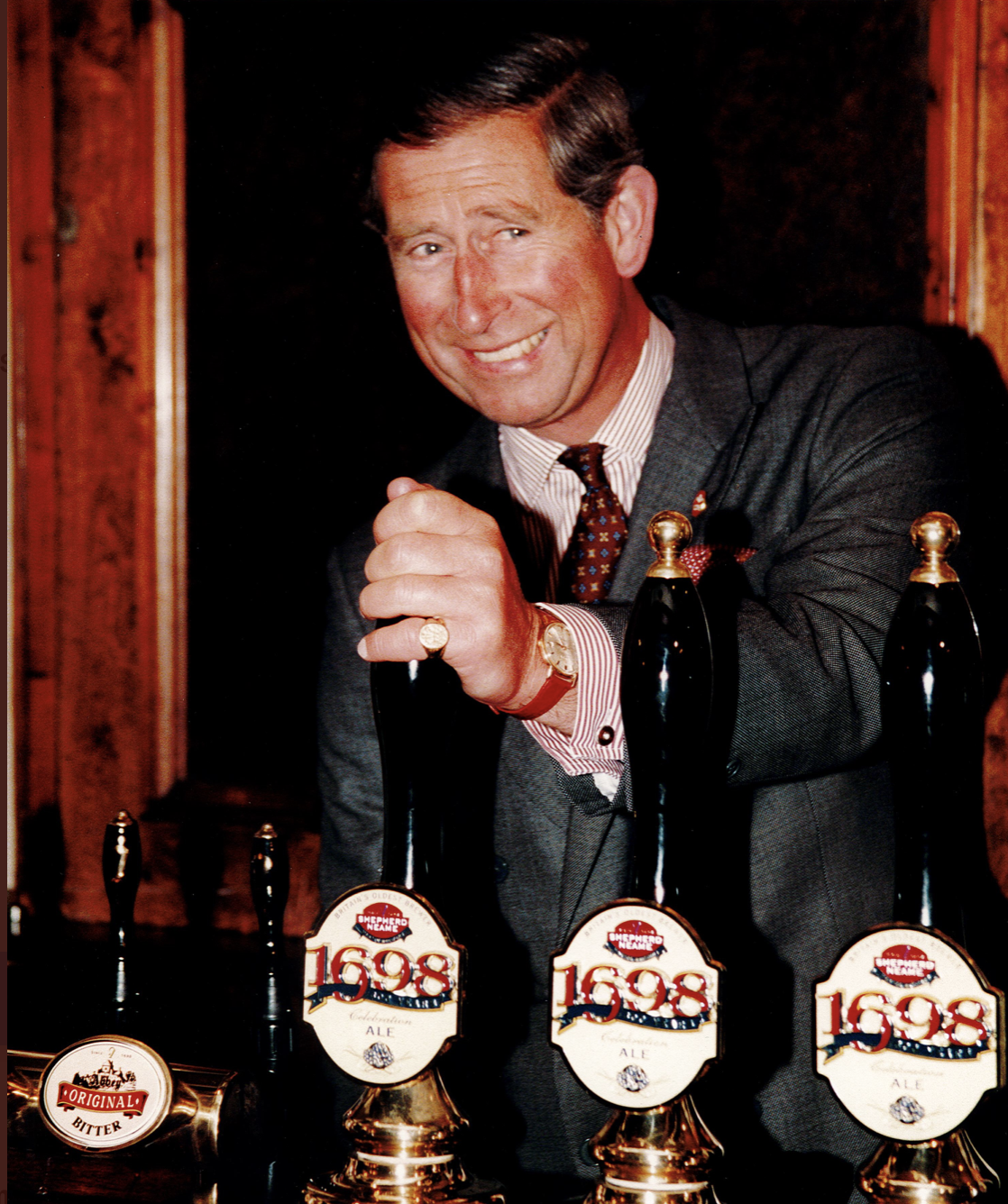
Our Liz at the time was working in the brewery and had heard of Prince Charles’s impending visit.
No sooner had he arrived, the once shy Liz darted to the server room to hide. Hoping he had been and gone, time had passed and nature came calling, sending Liz back out into the main brewery where she proceeded, accidentally of course, to run straight into Prince Charles himself.
Shuffling backwards in horror, she apologised to the smiling Prince, who simply wished her a ‘good morning’.
Liz was mortified but – it makes for a great story!
We wonder, as you remember The Queen with your own memories, has it made you remember a particular visit that meant a lot to you?
